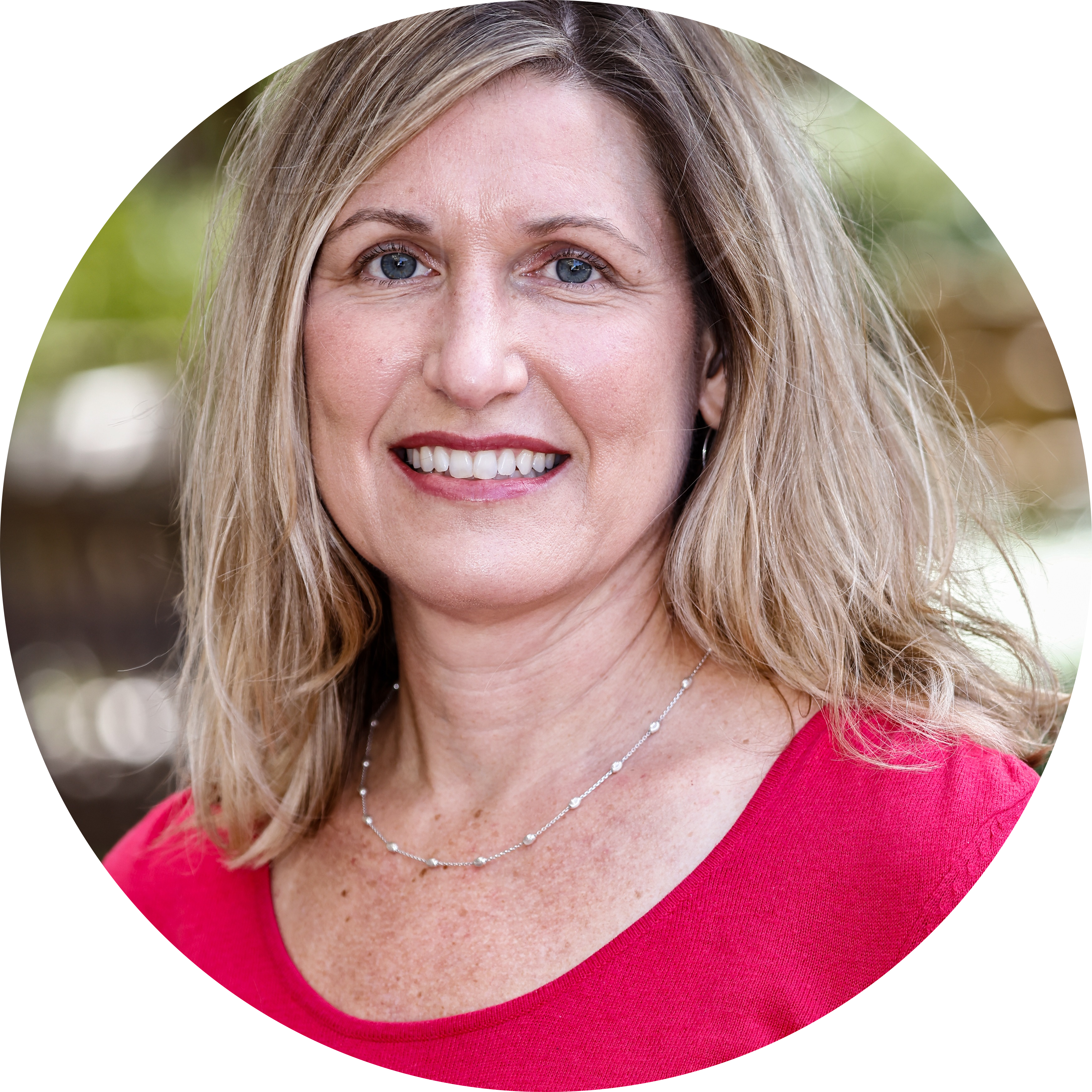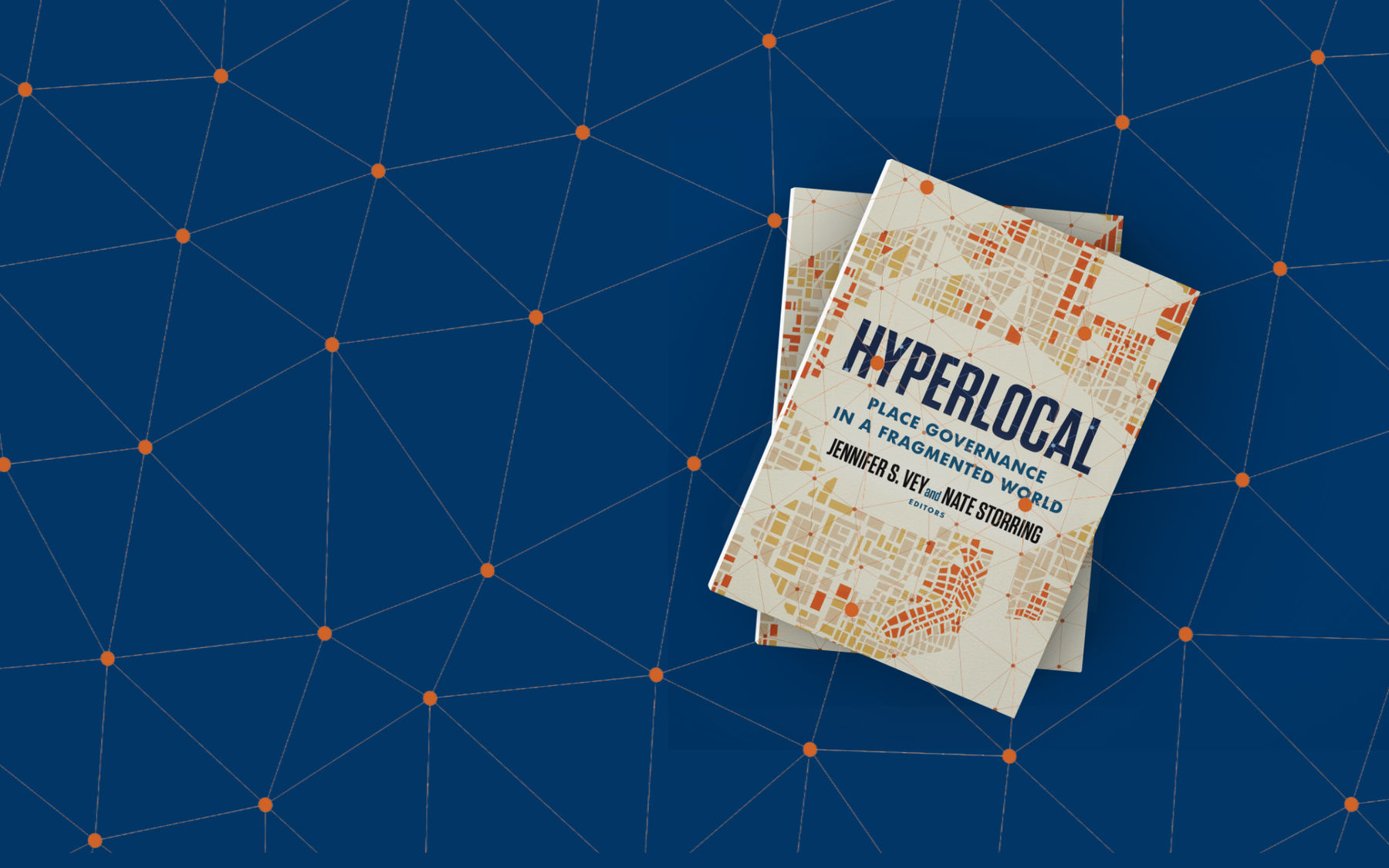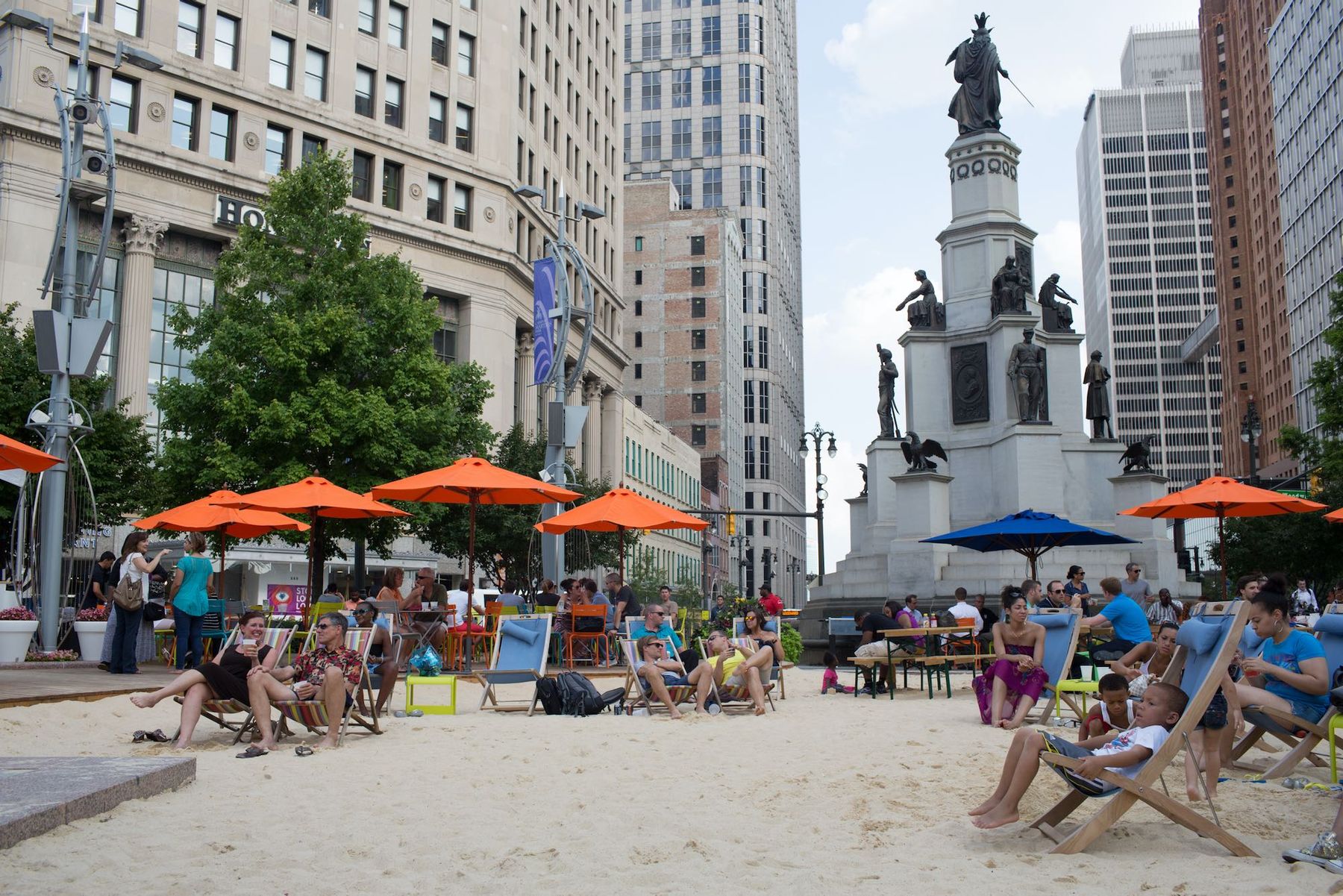Downtown Bellevue's Hyperlocal Approach: A Conversation With City Building Experts
January 20, 2023 - by Katie Gosa
Downtown Bellevue's Hyperlocal Approach:
A Conversation With City Building Experts
Jennifer Vey and Nate Storring, editors and masterminds behind the book "Hyperlocal: Place Governance in a Fragmented World" will join us at the BDA 49th Annual Celebration as our two featured keynote speakers! The fireside conversation--moderated by KidsQuest Children's Museum's Putter Bert-- will discuss the power of place – and the future of downtowns and urban centers like Bellevue’s – in a fragmented world. You'll learn about why place governance matters -- How the “hyper” local is the locus of real change and provide guidance on how to improve place governance practices to meet the needs of all communities. Reserve your seat(s) for the full presentation on February 9 at Meydenbauer Center.
About the Keynote Speakers:

Vey is a senior fellow senior fellow with the Brookings Metro and Director of the Anne T. and Robert M. Bass Center for Transformative Placemaking. She is also the author or co-author of dozens of Brookings publications examining the changing place needs of people and businesses; the implications of these shifts on how we live and work; and how transformative placemaking investments can support the development of more inclusive communities.

Storring is the co-executive director of Project for Public Spaces. He is a curator, writer, and designer who specializes in making contemporary architecture and city planning accessible to the general public. Since 2016, he has co-authored several research briefs on innovation districts, including placemaking principles for innovation districts, a guide to asset mapping, and a primer for the U.S. Conference of Mayors.
We sat down (virtually) with Vey and Storring to better understand who they are, and how their perspective shapes their work. Read on for our full Q&A!
Q:When did your interest in urban planning and placemaking begin?
Storring: When I was in college, I became fascinated with a mall in the downtown of Kitchener, Ontario, where I grew up. Its original anchor tenant had disappeared over a decade ago, and since then it had struggled to reinvent itself. It had evolved into a mishmash of college campus, farmers market, offices, gym, post office, and food court. When I dug into it, I found out that the mall was a controversial urban renewal project that replaced the former city hall and downtown farmers market. The city even held a referendum on whether to move forward with the project, and citizens narrowly voted "yes," believe it or not. This is how I became obsessed with efforts to revitalize urban areas, why they fail or succeed, and how we live with the results.
Vey: Looking back, I became interested in land use and community issues when I was fairly young (though at the time certainly didn’t attach that interest to any career goals). I grew up in a typical suburban area full of kids my age. It was a fun place to live as a child, but as I grew older I felt trapped by the fact that I needed a car to access, well, basically anything. I would watch movies or read books where teenagers gathered at the beach or a park, and lament the fact that my own community didn’t have such social spaces, let alone ones to which I could walk or bike. Once I got to college, I became fascinated by geography classes focused on the intersection between the economy, land use, and society; I eventually channeled that into a graduate degree in planning, and ultimately a career.
Q:What was the impetus for creating Hyperlocal?

Vey: In our respective work studying and engaging with communities, Nate and I became aware of just how vital place governance - whatever form it may take - is for giving stakeholders a structure through which to share ideas, voice concerns, advocate for investments, and co-design community improvement strategies. But while there are innumerable place governance organizations operating in communities around the world, we found very little systematic research and documentation on why and how these organizations were created; the kinds of structures that have emerged over time and the varied role that they play; the people and places they do and don’t represent; and what their future ought to look like in a changing economic landscape. This motivated us to put together the book. Through a set of eight chapters, it explores the evolving tensions, challenges, and opportunities associated with place governance, and recommendations for creating, reforming, and sustaining place governance structures that benefit more people and places.
Q:What is placemaking? Why does place matter?
Storring: I like to start with the broadest definition from Lynda Schneekloth and Robert Shibley, "Placemaking is the way all of us as human beings transform the places in which we find ourselves into places in which we live.” It's something we all do in our homes, our offices, and our community spaces on a regular basis. When Project for Public Spaces leads a community visioning process, we try to build people's confidence in their own ability to observe and analyze what they need to make a public space more welcoming, exciting, and useful to them.
Placemaking matters because it can often make the difference between a space that has all the hallmarks of "good design" but ultimately feels meaningless or simply doesn't work, and a place where people take their kids everyday or seek help in times of need or protest. The active, ongoing involvement of end users is the key.
Q: What role do place governance organizations play in placemaking?

Storring: Simply put, place governance organizations are the mechanism that allows ongoing maintenance, programming, and tinkering to happen in our public realm. It takes a dedicated, interdisciplinary team and adequate, reliable funding over time to allow public spaces to meet their full potential. After the ribbon cutting, these organizations also make important decisions every day—that's the "governance" part—that affect how well a public space works for the full diversity of its constituency. Hyperlocal aims to put a spotlight on how those decisions get made through the interaction between nonprofits, government agencies, and political bodies.
Q: In this work, you talk about the difference between place governance organizations serving as “community makers” or “community breakers”. What makes that difference?
Storring: Like any sustained human endeavor, place governance organizations face challenges of adaptation and resilience as the world changes around them. This may be especially true for them, because making change is often a part of their mandate. As the demographics of a neighborhood change or office space vacancies rise, how does a district management organization respond? How does it address tricky conflicts between competing constituencies? The difference between "community makers" and "community breakers" really comes down to how well a place governance organization is able to navigate these challenging moments, either bringing people together around a renewed vision or contributing to the conflicts themselves.
Q: What’s one of your favorite moments that happened while putting together Hyperlocal?
Vey: Most of the book was written during the “high COVID” period, so we weren’t able to follow through on our plans to hold a two-day symposium to discuss draft chapters. We instead ended up hosting a series of 8 virtual workshop sessions in which we invited all the contributors, as well as other experts, to talk about each chapter. We had some fantastic discussions and the input we received was invaluable.
Q: How do you hope this book will help bridge the gaps and siloes that exist in communities today?
Vey: We hope it raises awareness about the vital role place governance structures play in bringing people with different backgrounds, experiences, and expertise together to identify the economic, physical, social, and civic outcomes they want for their community and collectively implement integrated strategies to achieve those outcomes. The “hyperlocal” is the best scale at which this can occur.
Q: My last question of the day-What’s something that makes you feel hopeful about the future of downtowns and urban centers?
Storring: At the end of the day, the thing that makes me confident about the future of downtown is the people and organizations that steward them. The hardest problems that humans face are never solved once and for all through some heroic act of design. They're solved again and again through experimentation, observation, and care.

The conversation continues on February 9th at the Meydenbaur Center. Join hundreds of business and civic leaders at the Bellevue Downtown Association's 49th Annual Celebration! Revel in an evening of dinner, drinks, and conversations about transformative city building and the future of Downtown Bellevue. We'll lead off with social time, followed by a three-course meal, special recognitions, and a fireside keynote conversation. We'll hope you'll join us as we continue our shared work to shape a bright future for the heart of Bellevue, and celebrate the people and efforts made so far.
This blog is part of the Heart of Bellevue: our campaign to showcase local businesses while connecting you with stories of activity, creativity and recovery. Find out about our campaign and explore more of what’s happening around Downtown.





